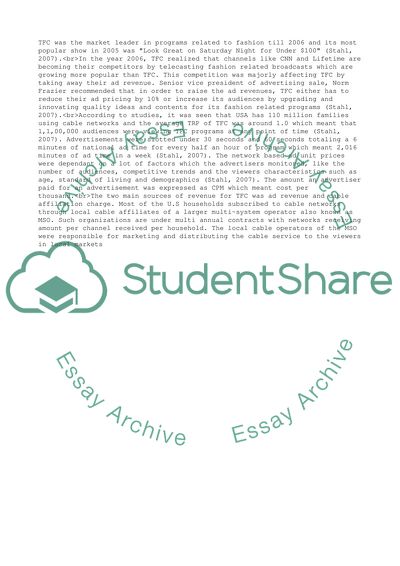Cite this document
("fashion channel" case study Example | Topics and Well Written Essays - 2500 words, n.d.)
"fashion channel" case study Example | Topics and Well Written Essays - 2500 words. https://studentshare.org/media/1876565-quotfashion-channelquot-case-study
"fashion channel" case study Example | Topics and Well Written Essays - 2500 words. https://studentshare.org/media/1876565-quotfashion-channelquot-case-study
("fashion channel" Case Study Example | Topics and Well Written Essays - 2500 Words)
"fashion channel" Case Study Example | Topics and Well Written Essays - 2500 Words. https://studentshare.org/media/1876565-quotfashion-channelquot-case-study.
"fashion channel" Case Study Example | Topics and Well Written Essays - 2500 Words. https://studentshare.org/media/1876565-quotfashion-channelquot-case-study.
“"fashion channel" Case Study Example | Topics and Well Written Essays - 2500 Words”. https://studentshare.org/media/1876565-quotfashion-channelquot-case-study.


